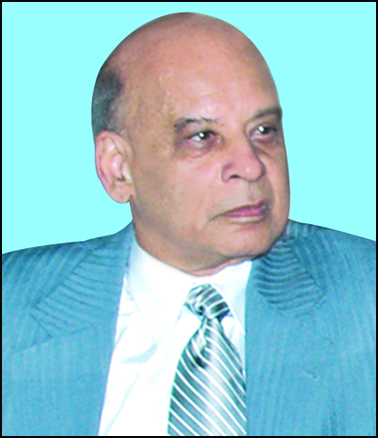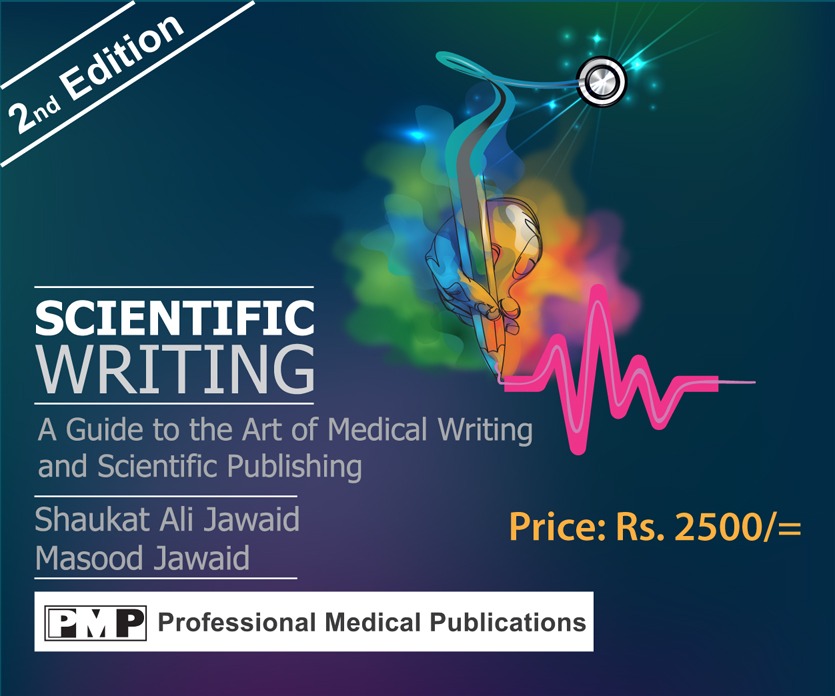Majority of the disease burden consist of communicable diseases like gastro-enteritis, amoebiasis, enteric fever, hepatitis, TB, Malaria, Respiratory infections
Lt. Gen. (Retd) Mahmud Ahmed Akhtar
Healthcare spending needs to increase with the growing population
Patchy, under-resourced and unequally distributed preventive and curative healthcare services are one of the contributing factors in perpetuation of intergeneration poverty. Pakistan has been unable to respond to the communicable disease burden. Whereas, an enormous burden of non-communicable disease like over-weight, obesity, central adiposity, diabetes mellitus, hypertension, heart attacks, strokes, renal failures, cirrhosis, hepatoma, malignancies, mental health disorder etc. are hitting its people. Pakistan, along with Afghanistan are the only countries in the world having cases of poliomyelitis.

Lt. Gen. (Retd)
Mahmud Ahmed Akhtar
Empirical evidence about disease leading to poverty is over-whelming, along with under nutrition, marasmus, wasting, stunting etc. obesity and its complications are on the rise. Apparently, 40% of communicable diseases comprise gastro-enteritis, amoebiasis, enteric fever, hepatitis, Hepatitis-C (prevalence highest in the world), tuberculosis, malaria, respiratory infections, emphysema, HIV/AIDS etc. According to recent global health report, 60% percent of deaths in Pakistan are attributable to Non-Communicable Diseases (NCDs).
There is a concentration of the burden of diseases amongst the poor strata of the population as they remain unhealthy. Intergenerationally, Quaid-e-Azam dreamt of Pakistan for the common people of Pakistan. While addressing in the city pointing at the public sitting on the ground he said “I am working for Pakistan for you people while turning back, pointing to leaders on the stage he said “if for them, I am not”. Sadly, there has been a total elite capture.
Soon after Quaid’s death and assassination of first Liaquat Ali Khan, there was elite capture. As for now, the country is completely in the grab of few families. Bangladesh is ruled by the common people with women empowerment making enormous strides in progress, going far ahead of East Pakistan in the United Pakistan. There is meritocracy in Bangladesh.
Pakistan is the only middle / low-income country not following the World Health Organization “Essential Drug List” in spite of signing for its implementation. Resultantly, Pakistan’s markets are flooded with medicines jeopardizing the health of its population and its fragile economy. This is also one of the causes of Pakistan’s highest mortality rate in the world. Bangladesh is following the list right from the beginning and so are the other countries in the region. The reason is unbridled corruption. In the region, there is full universal healthcare education. In India many states have full universal healthcare system like Kerala since decades, Delhi recently attained while others reaching 60% to 70%. Bangladesh has over 75 percent, while Pakistan has not even started yet. As an example, nitrofurantoin is the first line therapy for urinary tract infections and is available without cost to the public or cost a few paisas in the markets. On the other hand, it is available in Black in Pakistan costing in rupees and the list goes on.
There is a concentration of burden of diseases among households in lower socio-economic strata. In Pakistan, the poor are likely to remain unhealthy and poor intergenerationally. Adversities coming through disease and disabilities push many families under debt burden and cause impoverishment. There is double disease burden and the rapid increase in non-communicable diseases like over-weight, obesity, central adiposity and diet related NCDs are on the rise in Pakistan while these are declining substantially in other countries in the region. The Cardiovascular disease starts among the top killers of Pakistan with a 29% contribution to NCDs related deaths in Pakistan.
One of the most dangerous is diabetes mellitus. It has hit Pakistan hard; diabetes alone is heavy burden of disease, disability and deaths causing a devastating financial burden, over-whelming, choking health service and undermining country’s economy and social wellbeing. The prevalence rate of diabetes and the increased incidence of associated complications like chronic renal disease, needing dialysis, pre-mature heart disease and stroke etc. is alarming.
In the absence of immediate policy action with preventive approaches, the number of people with diabetes is projected to increase to 65 million by 2045. Food plays an important role in the causation of diseases. Soda, sugary drinks, foods high in trans-fatty acids are major culprits. Food like pakoras etc. prepared in repeatedly frying in boiling oils cause saturation TFA which cause these destructive diseases. The International Diabetes Federation (IDF) estimated Pakistan diabetes expenditure at US$ 2.64 billion in 2021. Pakistan was on the top of the five countries in the region with high prevalence rates. It shows the poor performance of the Pakistan health services since long. More so, on the preventive aspect, which is far more important in tackling the disease burden, it is also much more cost-effective.
Food authorities have an important role in prevention of double disease burden under the guidance of health authorities. It is over-looked. Being a part of the food safety system, the food authorities have an important role to play in the control of communicable and non-communicable diseases. These authorities play their role by enforcing food safety standards at the manufacturing and sale points. There is a need to create federal level coordination mechanism between various players like Health Departments of the provinces.
There is also a gender dimension to disease burden. Many studies have established that households with female heads were found bearing a higher out of pocket health expenditures than male headed households.
It may be due to cultural restrictions on women mobility. While designing policies this aspect must be taken in to the account and addressed. The public sector healthcare spending needs to increase with growing population. Pakistan’s highly growing population is a major problem in addressing health issues. Unfortunately, Pakistani governments since decades have neglected it. Over 30 million children are out of schools while Sri Lanka has none. Bangladesh has remarkably reduced its population and out of school children. The women in Bangladesh have been empowered and children are receiving good education, nutrition, improved healthcare and national economy etc.
To address the problem of the worse disease burden, the public sector healthcare spending needs to be increased up to at least 5% of GDP and focus on preventive health. Unfortunately, Pakistan government focus has been on expensive curative non-cost-effective measures building disease palaces rather on preventive services. No doubt, infrastructures has a place in development but it is much after the health. If nation’s children are dying in millions, getting no treatment because money is spent on infrastructure, it will be worse than a criminal act which our rulers are doing. On top of it, money is embezzled by using corrupt practices. To save the nation / country, this has to change. Bangladesh is the example of it.
Pakistan has not learnt any lesson because of its corrupt usurping power by corrupt/ criminal practices. To save the country, it has to end otherwise, there is doom and boom. WHO “Drug Expert Committee had made “Essential Drug List” for the low-middle income countries about five decades ago. The last 24th list was issued a few years ago. All the middle lower income countries in the world including the sub-Saharan region are using this Essential Drug List with the sole exception of Pakistan. The reason is total corruption in the country, resulting in lowest place in all parameter including of health including lowest life span and highest death & morbidity rates.
In spite of accepting it in 1980s, the list has not been implemented. The definition of an “Essential Drug” is a drug relatively safe, effective and cost-effective fulfilling the needs of over 95% of a country’s peoples’ needs. Many cost-effective lifesaving drugs are not available in Pakistan or sold in the Black on enormous prices while the irrational, harmful life destroying drugs are flooding the markets, robbing the nation’s health / life and scarce financial resources. The reason is Pakistan’s deadly disease, mounting corruption everywhere, defying the founder of Pakistan heartfelt pleas to not destroy the Republic achieved with unprecedented general public sacrifices. Quaid, in a short life after achieving Pakistan, rendered advices to pillar of the state / republic not to indulge in destructive, disruptive activities, but alas, it has not had any effect on usurpers who use any tactics / strategy to achieve it. It is nearly the last chance for the elites / rulers to listen to the Quaid’s saying to save the nation / country.
Health is very important. It should receive proper attention. At the least, the government can enforce order on its own departments to buy and use the national life saving drugs to save lives to reduce the highest mortality / morbidity rate of Pakistan.



